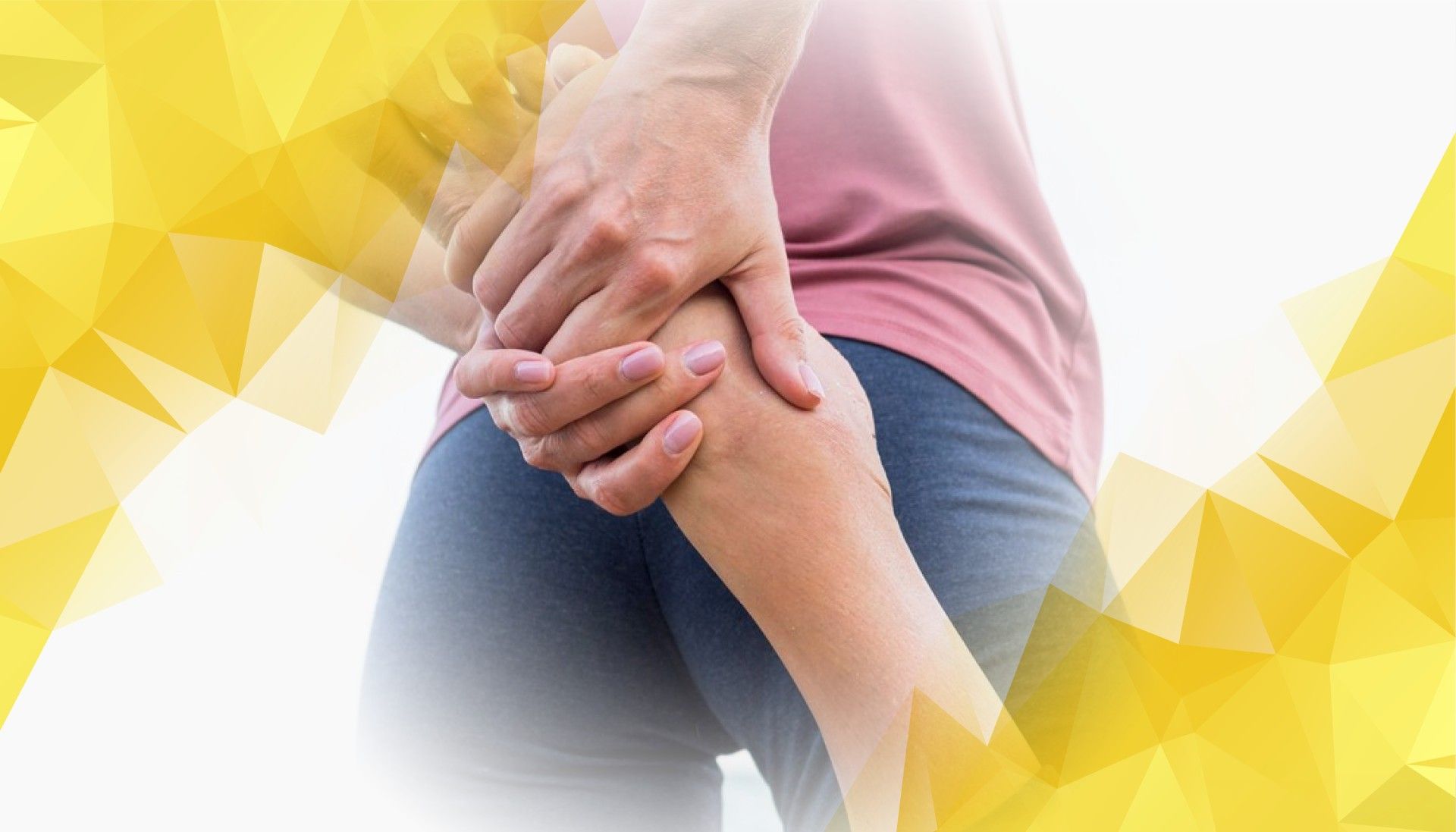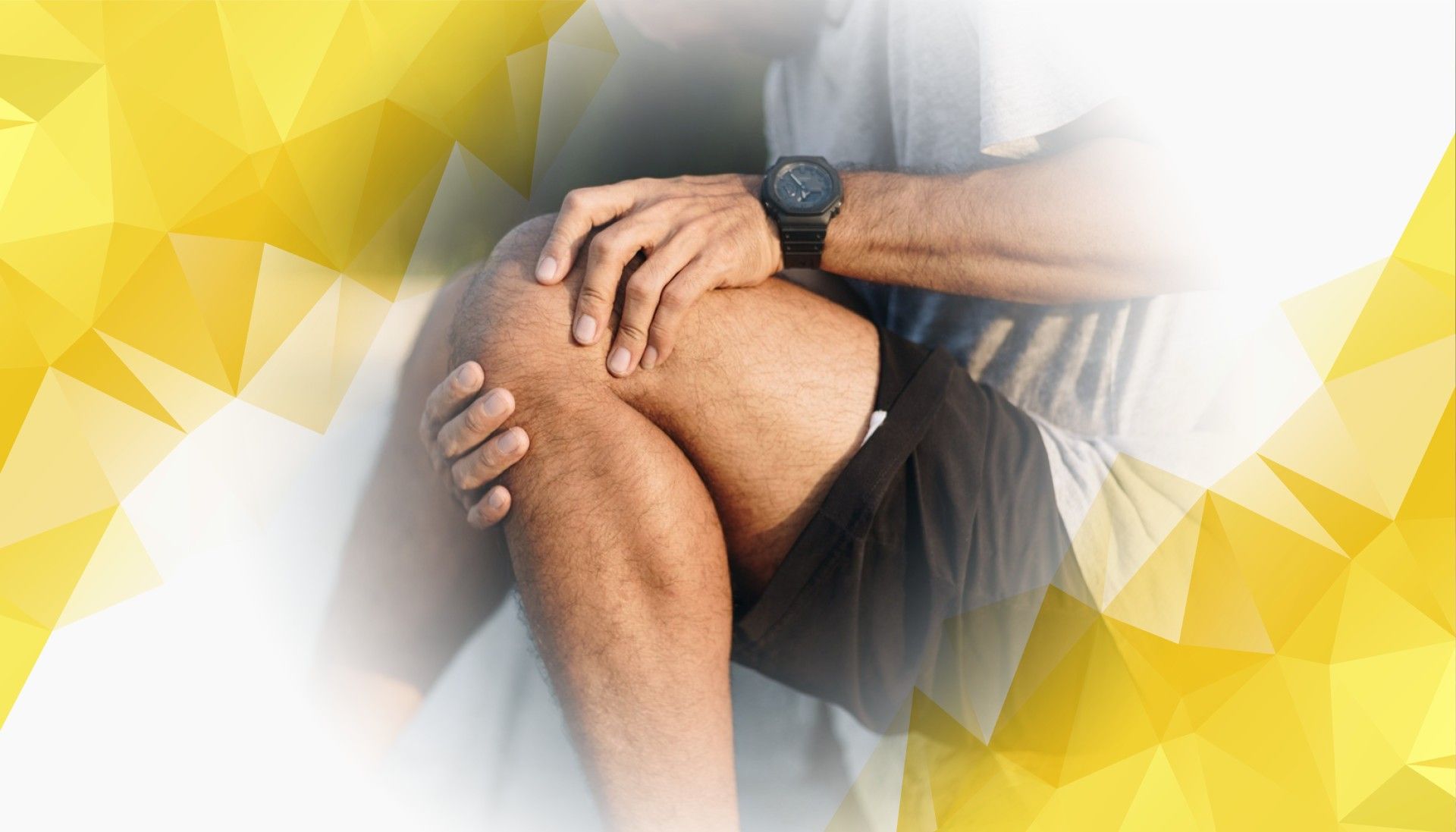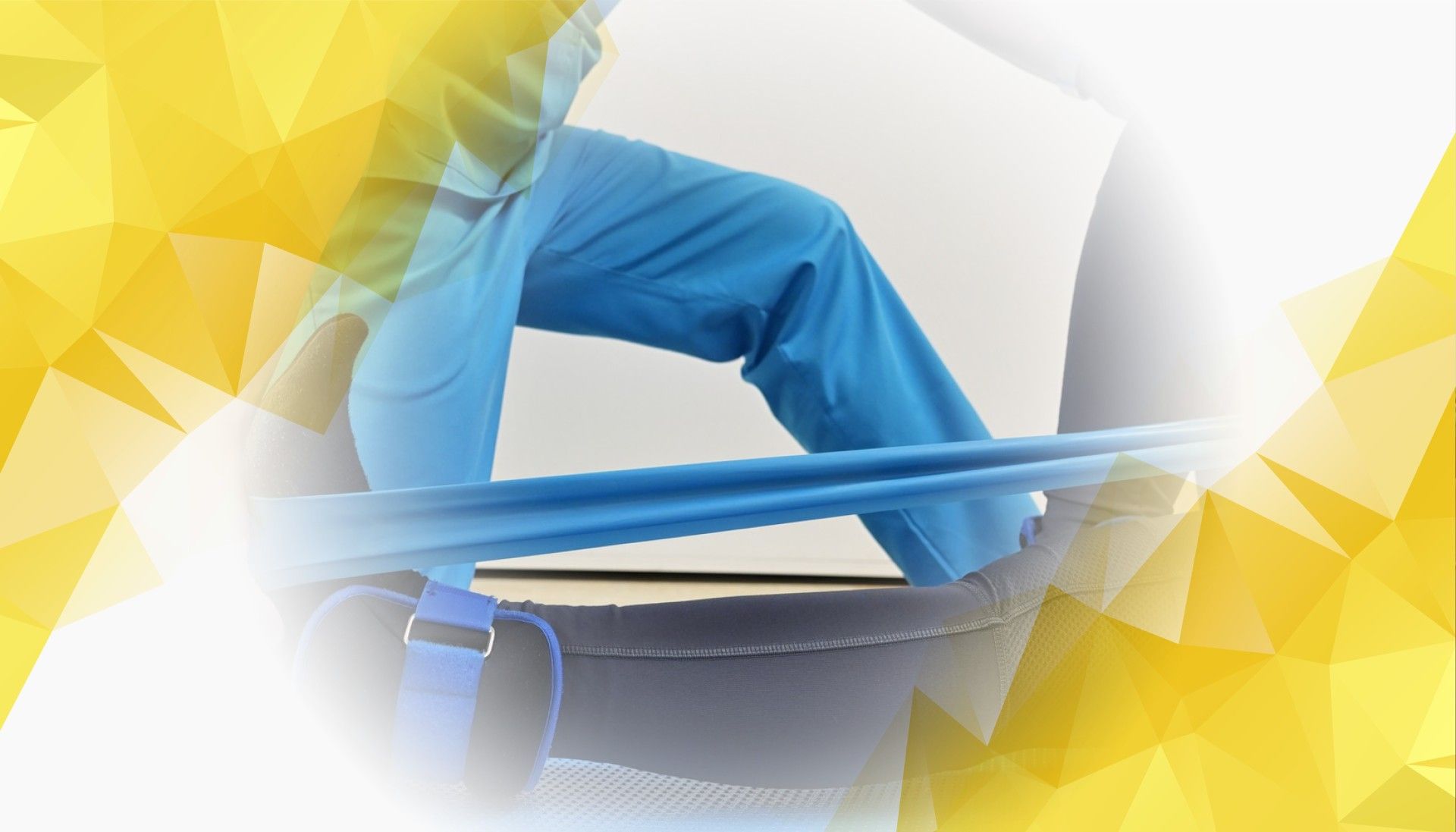Tag: MAI Motion
-

Revolutionizing Movement Analysis: How MAI Motion Outperforms Traditional Methods with Greater Efficiency and Better Results
Understanding Movement Analysis: Why It Matters Movement analysis is a vital tool for healthcare professionals, trainers, and researchers. Whether for improving athletic performance or supporting patient recovery, understanding how our bodies move provides critical insights. Traditionally, this analysis involves participants …
-

Revolutionising Meniscus Injury Recovery: The MAI Motion Approach to Functional Knee Care
Understanding Meniscus Injuries and Their Impact Meniscus injuries are a common source of knee pain and stiffness, often making simple daily movements challenging. The meniscus is a C-shaped piece of cartilage that cushions and stabilises the knee , absorbing shock …
-

Innovative Knee Rehabilitation: How MAI Motion is Changing the Game for Osteoarthritis and Meniscus Tears
Understanding the Challenge: Living with Knee Osteoarthritis and Meniscus Tears Knee pain is a common obstacle for people as they age or stay active, and it’s often caused by two main issues: knee osteoarthritis and meniscus tears . These conditions …
-

Transforming At-Home Knee Care: A Simple Guide to Using MAI Motion with Your Phone Camera for Self-Checks
Introduction Taking charge of your health at home has never been easier, thanks to advancements in digital technology. These days, you don’t always need a trip to the clinic to keep tabs on your well-being. One of the most exciting …
-

Decoding Dynamics: An In-depth Analysis of MAI Motion’s Gait Tracking Innovation
Introduction Gait analysis —the detailed study of how we walk—is steadily gaining importance in healthcare and technology. MAI Motion , a trailblazer in the field, is transforming how we understand and measure walking patterns through innovative tracking technology. In this …
-

Enhancing Chronic Pain Management with MAI Motion’s Reduced Repetition Approach
Introduction Chronic pain affects millions of people worldwide, turning simple daily tasks into ongoing challenges. Both patients and healthcare providers are constantly searching for better ways to manage symptoms, especially when it comes to movement —a key factor in both …
